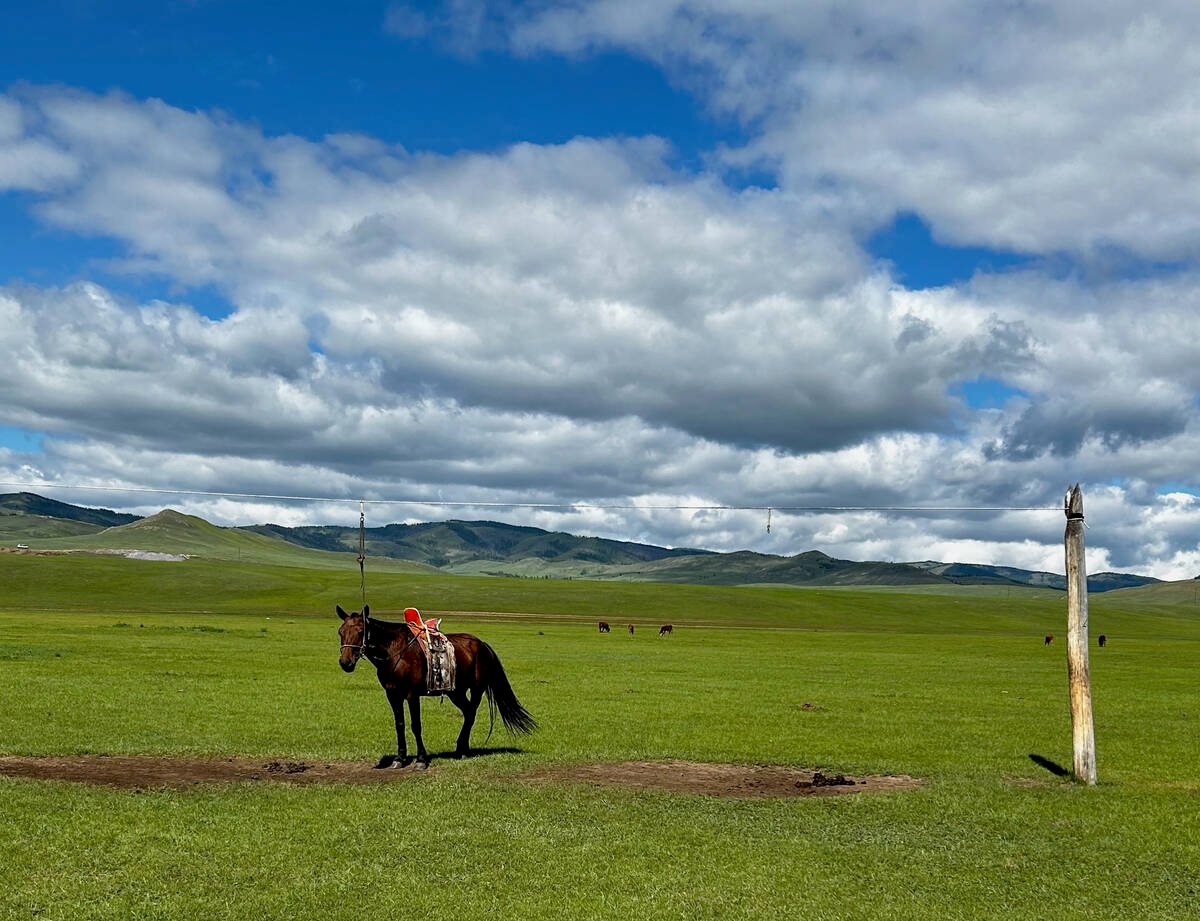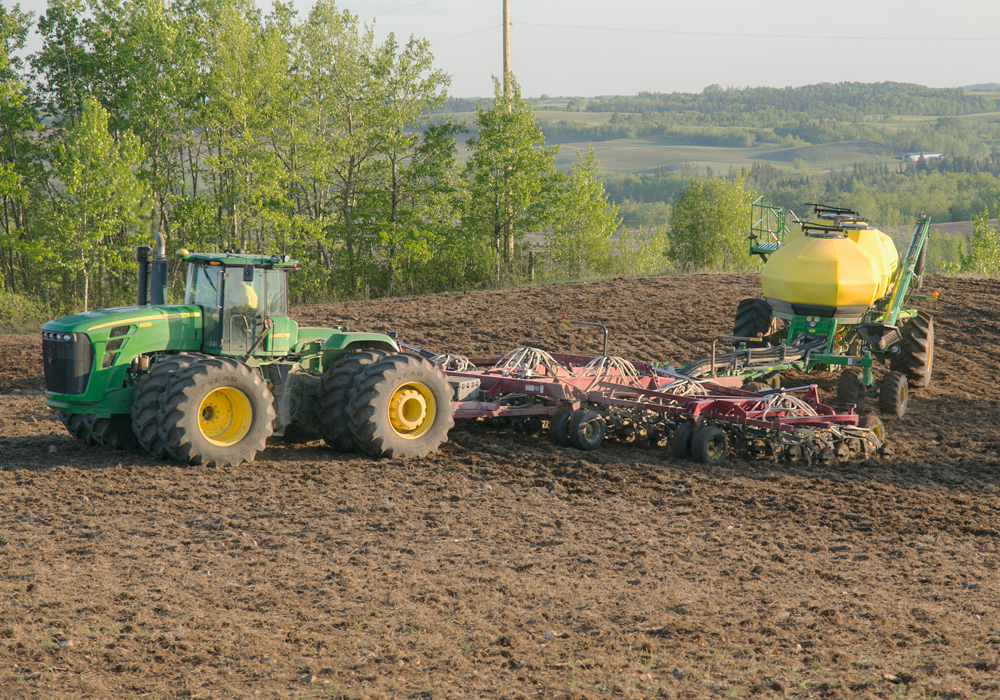An early festival season in India means buyers are importing large quantities of pulse crops this summer, a senior grain executive says.
Because India’s crops are slowly developing, they will probably not be available for the religious festivals that lead to a consumption binge in much of the Indian subcontinent.
“The local production will miss the season,” said Prankaj Kakkar of Alfred C. Toepfer India, during a session at the Canadian Special Crops Association annual convention.
“That’s why right now you see this spurt in demand from India.”
Read Also

University of Saskatchewan experts helping ‘herders’ in Mongolia
The Canadian government and the University of Saskatchewan are part of a $10 million project trying to help Mongolian farmers modernize their practices.
But in an interview, Kakkar cautioned that demand for festival season pulses will soon end, because it takes about two months to get pulses from Canada to the final market in India.
“Once that demand tapers off, there is a lack of demand.”
Indian crops are behind average development, due partly to a disappointing start to the monsoon season. And religious festivals like Ramadan are earlier in the Western calendar than in recent years. The Islamic festival of Ramadan begins about Aug. 21 this year.
Ramadan always begins on the same day of the Islamic calendar which follows the lunar year. The Islamic calendar is shorter than the Gregorian calendar used in the West which follows the solar calendar.
In the Gregorian calendar Ramadan moves forward about 11 days each year.
This year, to get pulses in time, India will have to import 2008-09 product from Canada.
“It has to be at the right time, it has to be there,” Kakkar said.
Over the course of the year, about the same amount of special crops should be imported into India from Canada as in 2008-09, he said.
Keen interest in Canadian special crops was evident at the CSCA convention. A large delegation from Bangladesh was present in addition to a number of Indians.
Unlike the major grain crops like wheat, Asian pulse production is almost flat over the past five decades.















